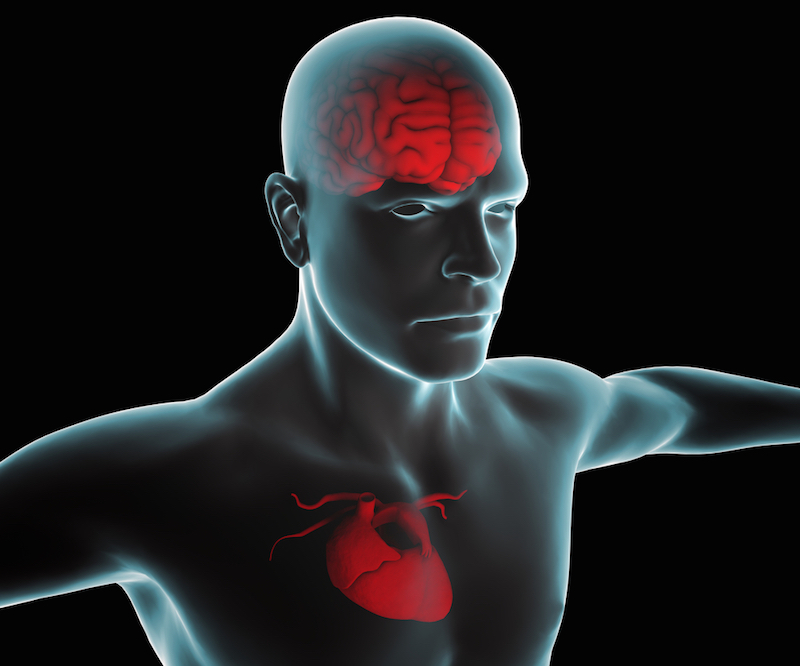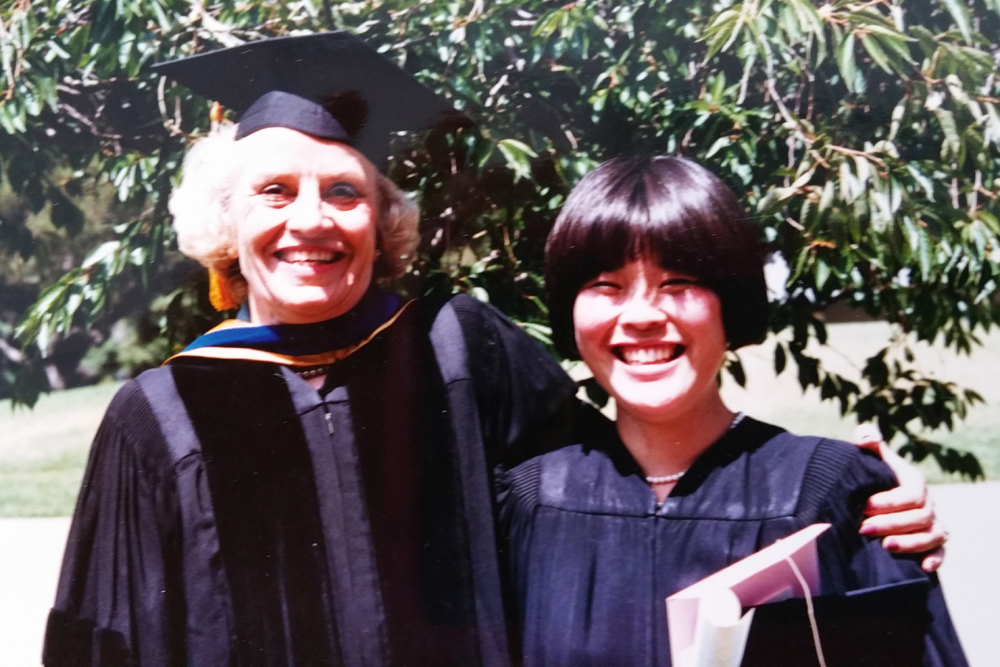
Want a Better Brain? Get Moving (Podcast)

Wendy Suzuki is a Professor of Neural Science and Psychology at New York University (NYU)'s Center for Neural Science. A popular speaker, she is a regular presenter at the World Science Festival and TEDx, and is frequently interviewed on television and in print for her expertise regarding the effects of exercise on brain function. Her first book, "Healthy Brain, Happy Life" (Dey Street Books, 2015), is now available. Suzuki contributed this article to Live Science's Expert Voices: Op-Ed & Insights.
It isn't news that regular physical exercise — the kind that gets your heart rate up and builds up a sweat — is great for your body. Exercise decreases the risk of cardiovascular disease , one of the leading causes of death, it energizes us, and in general makes us feel great. What is less well-known is that exercise has equally profound and positive effects on the brain .
My own experience of those effects was so powerful, it moved me to shift my neuroscience research from a focus on brain areas critical for long-term memory to a focus on understanding how exercise improves brain function in humans. In the most recent installment of my podcast Totally Cerebral (part of the PRX series Transistor), I tell the story of this personal and scientific shift, as well as pay homage to my scientific mentor, anatomist Marian Diamond.
I can remember the day I first realized I wanted to become a neuroscientist. I was a freshman at U.C. Berkeley taking a course called "The Brain and its Potential," taught by Diamond, one of the most popular teachers at the university. On the first day of class, Diamond told us about the brain's amazing ability to change in response to the environment, called brain plasticity, and her classic experiments that she began in the late 1950s. She examined the changes in the brains of rats raised in what she called "enriched" environments, with lots of toys and lots of other rats to play with. She showed that, when compared to rats raised in an impoverished environment with no toys and just a few other rats around, the rats in enriched environments developed a significantly thicker outer covering of the brain (called the cortex), had increased levels of the neurotransmitter acetylcholine (important for memory), and more synapses, the structure that allows brain cells to communicate with each other.

In the late 1950s, when Marian first published her findings, they were truly groundbreaking because they were one of the first pieces of concrete evidence that the adult brain could change in response to the environment. Diamond and her peers ushered in the modern era of studying brain plasticity — they showed us how to identify those changes. ['Healthy Brain, Happy Life' (US, 2015): Book Excerpt ]
Because of that class, and Diamond’s mentorship as I worked in her lab, I headed directly for graduate school in neuroscience after I finished my degree. In the course of my career, I studied the anatomical make-up and connectivity of the brain's memory regions, as well as the physiological properties of the brain cells in those regions, recording data from them as animals learned new pieces of information.
After getting tenure in 2004, I had a thriving research team, but found myself more than 20 pounds overweight because of too much time spent working in the lab, too much take-out food and too little time moving my body. I changed my diet and upped my exercise routine and succeeded in losing that weight. It was after the weight came off, and after noticing clear improvements in my cardio health, that I started to notice improvements in my ability to pay attention, synthesize ideas and share my thoughts through writing.

The improvement was so striking that I consulted the neuroscience research literature to see what was known about the effects of exercise on brain function. I found a rich source of studies in rodents showing how exercise, in the form of wheel running, could change the brain's anatomy, physiology and function — all based on Marian Diamond's original studies on the effects of enriched environments.
More recent studies had shown that the single most important factor in the those environments, the factor causing most of the brain changes, was the rats' increased aerobic exercise.
For more on these studies, listen to my most recent podcast with Diamond at:
http://transistor.prx.org/2015/05/totally-cerebral-exercise
You can also see some of Diamond's classes at Berkeley and Luna Productions' new series of Marian Diamond documentaries.
Follow all of the Expert Voices issues and debates — and become part of the discussion — on Facebook, Twitter and Google+. The views expressed are those of the author and do not necessarily reflect the views of the publisher. This version of the article was originally published on Live Science.
Sign up for the Live Science daily newsletter now
Get the world’s most fascinating discoveries delivered straight to your inbox.










